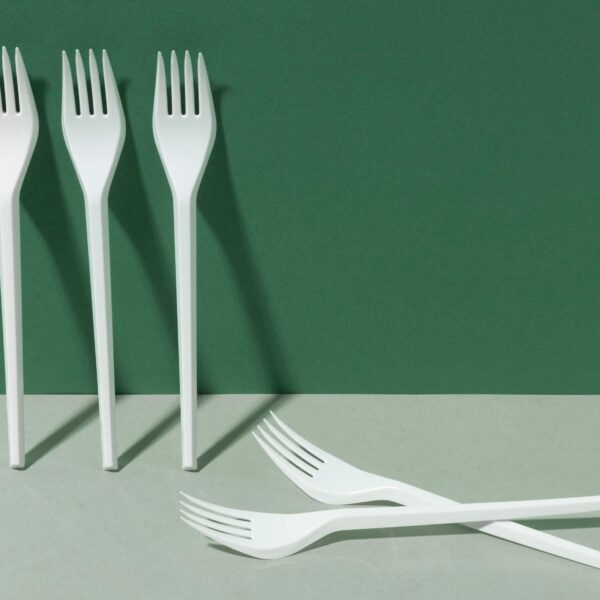Biodegradable packaging has emerged as a shining star in our quest for more sustainable choices. It promises to reduce our environmental footprint and tackle the persistent issue of plastic pollution. Among the diverse array of biodegradable products, disposable cutlery takes centre stage. But what lies beneath the surface of these eco-friendly utensils? In this article, we’ll embark on a journey to explore the science behind biodegradable packaging, focusing on disposable cutlery. From the materials used to the processes involved, we’ll uncover the fascinating science that makes these utensils a greener choice for our planet.
The Essence of Biodegradable Packaging
Biodegradable packaging is designed to break down naturally, returning to the environment without causing harm. This starkly contrasts traditional plastic products, which can persist in landfills and oceans for centuries.
Materials Matter
The first piece of the biodegradable puzzle is the materials used. Disposable cutlery from biodegradable substances relies on organic materials like cornstarch, potato, or sugarcane fibre. These materials are renewable and decompose more easily compared to conventional plastics.
The Process of Biodegradation
Biodegradable cutlery, like other biodegradable products, undergoes a process called biodegradation. This process involves breaking organic matter into simpler substances by microorganisms like bacteria and fungi. Here’s how it works.
Exposure to Microorganisms: When biodegradable cutlery is discarded, it encounters microorganisms in soil, compost, or natural environments.
Microbial Activity: These microorganisms secrete enzymes that break the organic material into smaller components, such as water, carbon dioxide, and biomass.
Natural Decomposition: The cutlery gradually decomposes over time, leaving no harmful residue or pollutants behind.
The Time Factor
Biodegradation takes time; it varies in speed based on multiple factors. These variables incorporate natural conditions, temperature, moisture levels, and the composition of the materials within the item. Whereas certain biodegradable plastics can decompose within a couple of months, others may require a long time to break down.
Composting and Biodegradable Cutlery
Composting is a controlled process that quickens the biodegradation of natural materials. Biodegradable cutlery is regularly compostable and can be set in compost containers or offices. In these conditions, the cutlery breaks down quicker, usually within a few months, and contributes to nutrient-rich compost that can be utilised to improve soil.
The Benefits of Biodegradable Cutlery
Reduced Plastic Contamination
Biodegradable cutlery diminishes the dependence on traditional plastic utensils, which can take centuries to break down and frequently end up in seas and landfills.
Renewable Materials
These utensils are made from renewable assets, making them a greener choice.
Less Energy Consumption
Biodegradable cutlery consumes less energy than traditional plastic manufactgurin.
Conclusion
The science behind biodegradable packaging, exemplified by disposable cutlery, spins around natural materials and the natural process of biodegradation. It’s a promising arrangement for the unavoidable plastic pollution issue, offering a more feasible alternative that adjusts to our developing environmental awareness.
By learning about the science behind biodegradable bundling, clients can make educated choices that promote a cleaner, more eco-friendly planet. When selecting biodegradable utensils, it’s vital to consider the science included in their creation. This is often an extraordinary step towards a more sustainable tomorrow.


Leave a Comment
You must be logged in to post a comment.